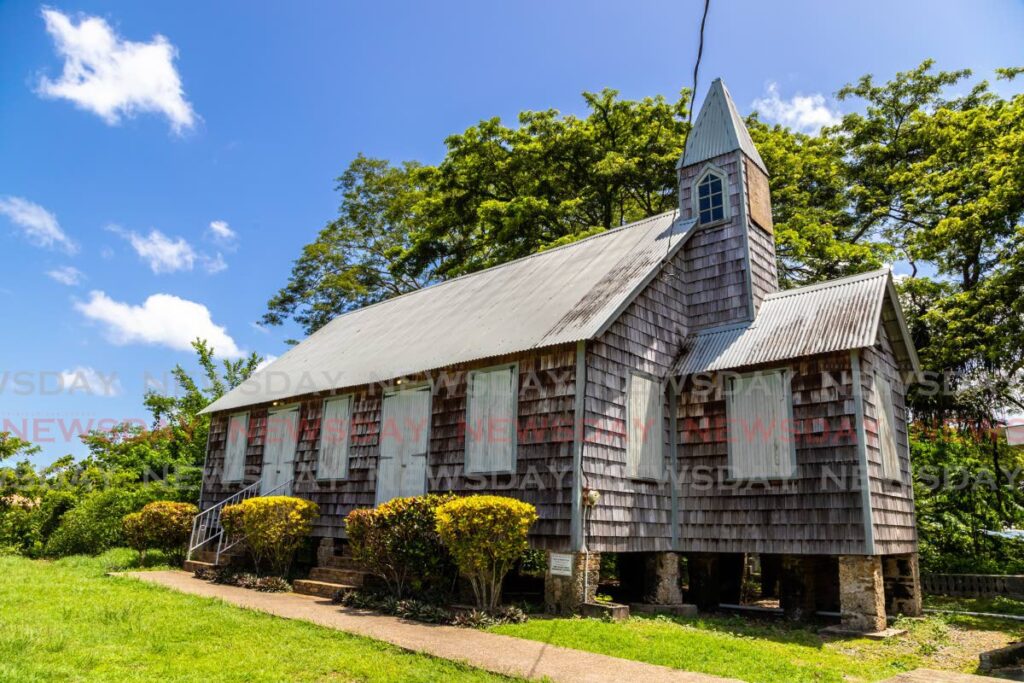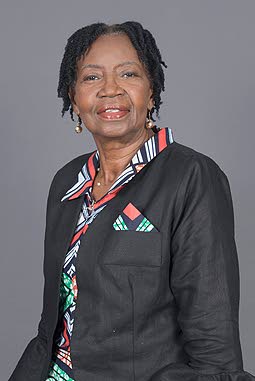Religion, resistance and adaptation in Tobago

Dr Rita Pemberton
While a high value was placed on African labour for the successful operations of plantations in the Caribbean, the Africans were considered subhuman savages with undesirable cultural practices and unacceptable pagan religious. Hence, a threefold argument was articulated as justification for the existence and brutalities of the system of enslavement. First it was a part of the civilising mission which was essential to bring Africans out of their natural savage practices. Secondly, for that purpose it was mandatory to purge Africans of their pagan habits by exposing them to European Christianity, the corollary to which was that their traditions had to be obliterated and thirdly, and most importantly, Africans had to be made to understand and accept their role in society as prescribed by “divine order.” This was the core of the European “civilising mission” which was crafted around the Christianising mission.
This was not initially considered a priority by Tobago’s planting community whose focus was on extracting labour to fuel profit generation from plantation activity. However, the spate of rebellions which rocked the island during the 1770s, led to a realisation by some members of the planting community that an effective mechanism of worker control ought to be devised. The planter-supported administration, using the Barbados Slave Code as a model, approved laws with enhanced brutal punishments for deviant behaviour. This, however, did not reduce the various forms of resistance which emanated from the island’s enslaved population, control over which was complicated by the French assault and occupation of the island from 1781 to 1793 and their subsequent activity on the island until 1802.
Meanwhile, planter John Hamilton, who was convinced of the efficacy of the Christian churches to assist the civilising mission, invited the Moravian faith to the island to work among the population on his estates. The first missionary arrived in 1790 but could not affect the operation of his mission because of the French occupation and the disastrous hurricane. Meanwhile, the anti-slave trade campaign had taken root in England and was garnering support which threatened the life of the highly profitable human trade upon which the wealth of so many UK families and institutions depended.
Christianisation was seen as the path to civilisation and more importantly to control of the working class. The Anglican church, which was the first religious body on the island, remained an aloof planter church and did not engage in missionary activity among the enslaved. Between 1799 and 1802 the Moravians re-established and conducted a more sustained mission on the island from 1827. The Moravians were followed by the London Missionary Society whose missionaries arrived on the island in1808. This mission was short-lived because of a rift between its missionaries – Roger Eliott and Isaac Purkis – it was closed in 1813. Then came the Methodists who established an uninterrupted presence on the island from 1818.

The instructions from the head offices to all missions were that the missionaries were to concentrate on conversion without any reference to the social issues on the island. They were not to preach any part of the gospel which suggested the equality of all men but should stress obedience to show that those who worked in this life and obeyed the gospel and their superiors would reap their rewards in the next life. The church was used as agency of coercion, subjugation, and control.
As the anti-slave trade movement gained momentum in the UK, planters who naturally joined the anti-abolitionist cause, found support from Sir William Young who was governor of Tobago from 1807 to 1815 and the owner of Betsy’s Hope estate. Young, who saw abolition as a dangerous step which would prove injurious to both the UK and its colonies, advocated a strategy to derail the anti-slavery campaign by disproving one of its main claims that the enslaved were inhumanely treated. He suggested that Tobago planters should show that kind acts passed between themselves and their enslaved charges on the island, encourage religious instruction of the Africans and show them as happy contented people, an erroneous image that found acceptability in some quarters. Young set an example when he visited his estate, he brought gifts for his enslaved workers.
As the anti-slave trade movement gained momentum, and as the enslaved population across the region became increasingly agitated, missionary activity on the island was intensified and in 1823 the Anglican Church became more involved with the enslaved community. However, the process encountered resistance from two sources. Firstly, the conversion of some Africans was perfunctory and, while some were baptised, they resisted the efforts of the missionaries to eliminate their cultural traditions. They held on to their traditional belief systems, dances, funerary practices such as nine- and 40-night commemorations and invoking the ancestral presence at all activities, which have remained a part of Tobago’s cultural heritage to present day. In addition, they preferred to attend to matters that were considered more beneficial to themselves than attend missionary activity. On Sundays, their preference was to attend the market rather than church.
Planter resentment also made life difficult for the missionaries. Not all planters were comfortable with the presence of missionaries on their estates for they were afraid that the teachings of the Bible would stimulate open rebellion on the island as occurred in other parts of the region. Some of them refused to permit religious instruction classes during crop time and, with the intent to keep tight control over their enslaved possessions, they refused to sanction the conduct of church services and religious instruction classes off the estates where they could not monitor their activities. Many did not keep their pledges to the missions which were under-resourced.
Religious life in colonised Tobago was marked by attempts to make enslavement palatable to the enslaved through the vehicles of Christianity, the church and claims of divine order. However, these failed to convince the enslaved African population which never accepted the inferiority and subhuman claims and held on to their traditions. While there was a rapid increase in church membership after emancipation, the Africans forged other measures of resistance and adaptation to the strategies devised by the enslavers during the post emancipation years.


Comments
"Religion, resistance and adaptation in Tobago"